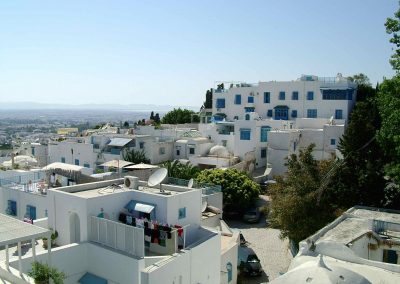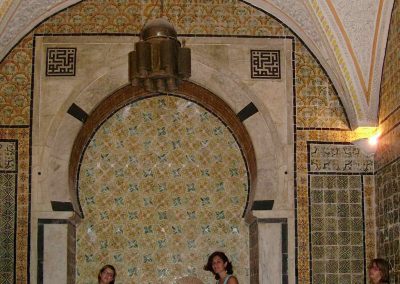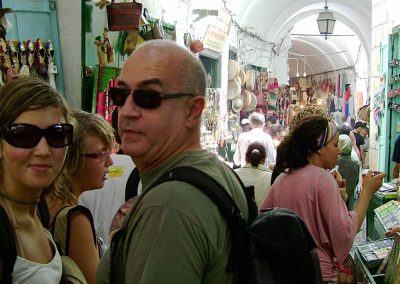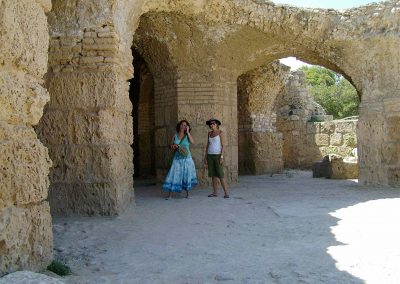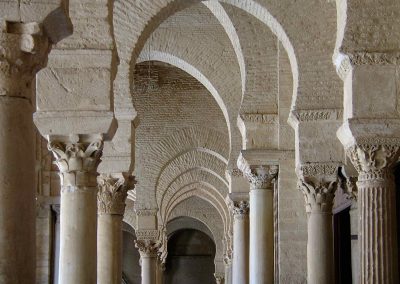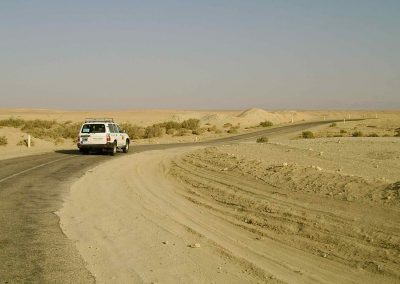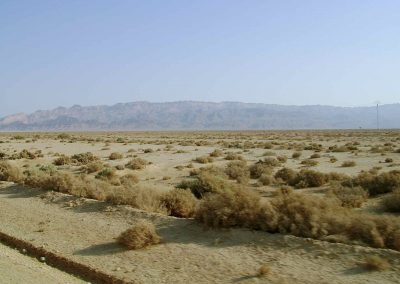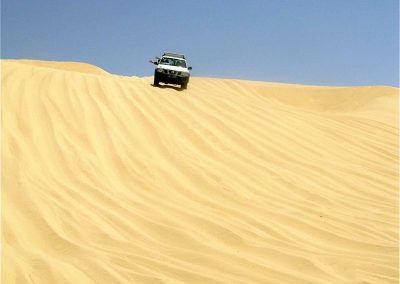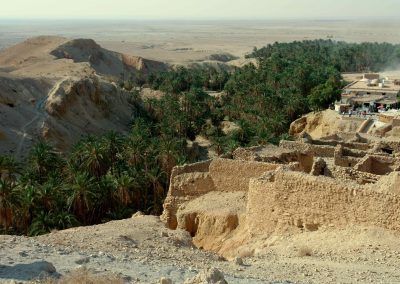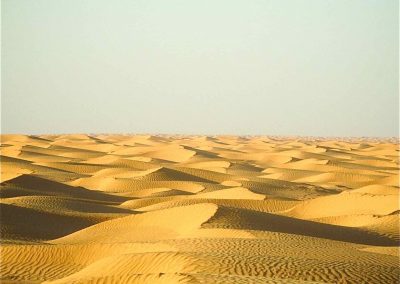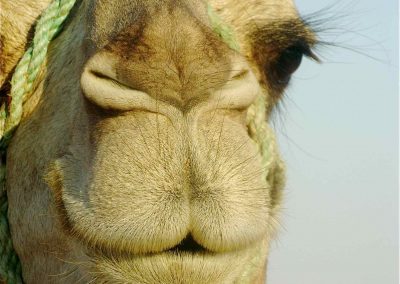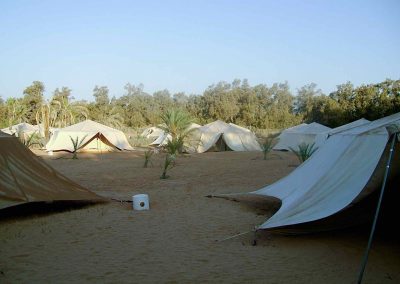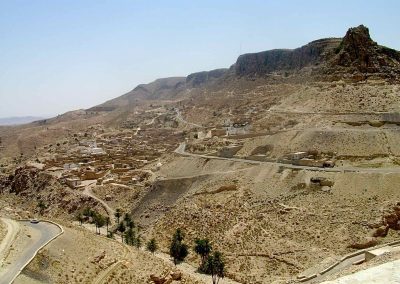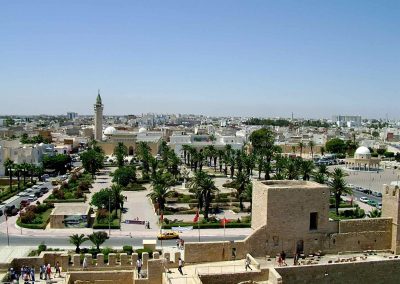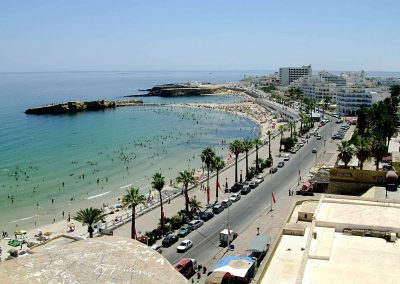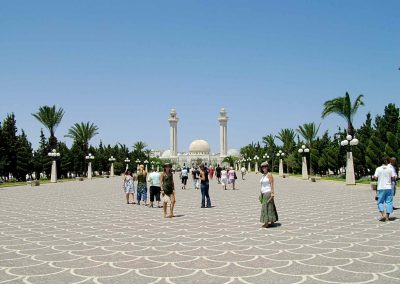Day 1 Lisbon> Tunis
On this day there were no activities, but being my first time in Africa and in an Arab country, it was very funny to see everything written in this language, to face for the first time the chaotic traffic that is felt in those parts of the planet and to have a first impression of the colors and smells of that country. We dined at the hotel and went to sleep to have power for our first day exploring.
After breakfast we set out to visit the Bardo Museum where we had the chance to see its valuable collection of Roman mosaics. I recall that this people conquered everything around the Mediterranean Sea, which they affectionately called “Mare Nostrum”. This museum shows Roman remains, but the architecture is completely Arabic.
After lunch we continued to Carthage, land of the great warrior and Carthaginian statesman Hanibal. We visited the Punic-Roman ruins, right next to the sea and very beautiful. Then, and what I liked most of that day, Sidi Bou Said, one of the relics of Muslim art, a village all in shades of white and blue. Here you can find a lot of pottery and drink good tea. But the best is to wander the streets, to get lost. Back in Tunis we had free time in the Medina / Souk to do some shopping. When the sellers are not too tiring, these are my favorite places to stroll, because here we can read the culture better … and find authentic bargains
We left Tunis for Kairouan, the fourth Holy City of Islam, where we visited the Great Mosque and the Barber’s Mausoleum. On the way to Touzeur, where we would spend the night, we stopped at Sbeitla to see its archaeological findings of Roman origin. If we pass a line dividing Tunisia in two, it passes in Touzeur, already near the border with Algeria. This means that we crossed half a country in one day, crossing deserts and immense heat, always in our 4×4, watching arid and dazzling landscapes! In Touzeur we had finally a hotel with swimming pool, highlight of relaxation of the day!
We opted to participate in the optional excursion to the mountain oasis of Tamerza, Chebika and Oung el Jemel. It is indeed amazing how, in the middle of the desert, out of nowhere, we suddenly have such a rich and fertile area, so abundantly verdant! The cars left us in the foothills and we climbed the mountains on foot, until we found the origin of all this, a small river that had its spring there. Finally arriving at the sand desert, dunes to be lost sight of – not just dirt as in previous days – we finally used our four-wheel traction car and rode the dunes, immense adrenaline, with a short stop on a set built for one of the Star Wars movies and left there forever. In the afternoon, we visited the town of Nefta and its oasis (called “la Corbeille” – the basket – being one of the main dates producing places), where we could observe some people climbing the palms, to collect these
After breakfast we drove to Kebili region, crossing the salt lake Chott el Djerid, quite dry at the time, where we can find the famous “roses of the desert”, peculiar calcareous formations in the form of a flower. We followed the ancient Berber roads to the oasis of Ksar Ghilane where we were going to spend the night, in tents. Before sunset we went to the edge of the oasis, where dromedaries were waiting for us, to enter the desert and see the sun disappearing there. After dinner we decided to return to the desert, to see the starriest sky I’ve ever seen since there was no light pollution, it was magical!
After breakfast, departure to Ksar Haddada to visit the ksours. This word, in Arabic, means castle, but in fact are several houses built in mountain form, usually a fortified village. In Matmata we were able to visit troglodyte dwellings, excavated from the earth and therefore below ground level. After lunch, always included, we continued to Gabes where we could make a panoramic visit to the oasis of Chenini, one of the most extensive and picturesque in the country. We ended the day in Sfax, where we were going to sleep. That night we had the nerve to infiltrate a wedding that was happening in our hotel and thus put everyone to dance
We left for El Djem to visit the largest Roman amphitheater on the African continent. On the way back to Tunis, we passed by Monastir where we can find interesting examples of Arabic architecture, such as the Mausoleum of Bourguiba and the Modern Mosque, all by the sea. We also passed Sousse, to visit the biggest souvenir shop ever. We arrived in Tunis, this time to a decent hotel.
We spent the whole day at the pool, until it was inevitable to depart for the airport and return to Lisbon …
If you liked this post and want to read more about my trips in Africa, you can visit the following posts:





